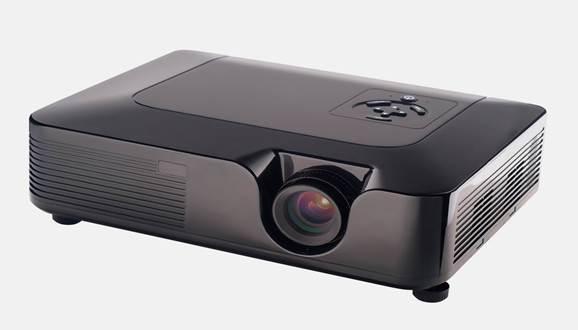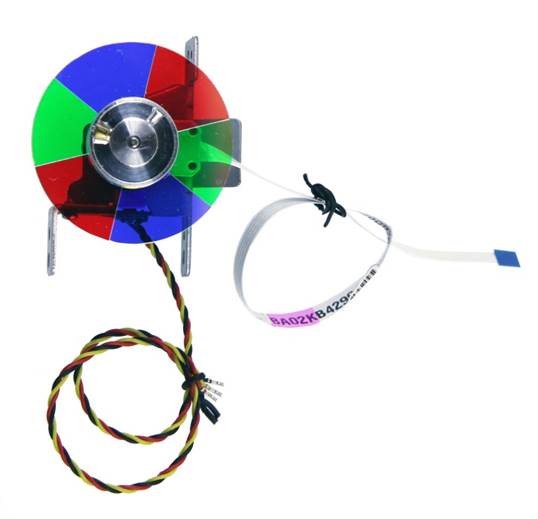There’s no better way to replicate
that cinematic experience in your living room than with a projector and a huge
screen. No matter what your budget, we’ve got a perfect model to suit.
Home cinema projectors used to be strictly
for the seriously rich, but with steadily falling prices, more and more people
are finding a blank wall and setting up their own miniature movie theatre. You
can get Full HD LCD projectors for around $1,372 and DLP projectors for even
less, with many supporting 3D as standard. HD Ready projectors are even
cheaper, with some 720p projectors in one month’s test costing less than $686.

A
Full HD LCD projector
Picking the right projector can be a bit of
minefield, with competing technologies and complex features all vying for your
attention. We’ve tested 13 projectors, ranging from portable DLP models that
use the lower 720p resolution to top-of-the-range giants whose only practical
home is a sturdy ceiling mount. Whether you’ll be watching the latest
blockbuster, playing games or just watching the football, there are several
important factors to consider before you buy.
Flying color
There are three main types of projector
technology: liquid crystal display (LCD), digital light processing (DLP) and
liquid crystal on silicon (LCoS). An LCD projector splits light from its bulb
into red, green and blue components. Each color passes through one of three
small LCD screens, which create the three primary colors. These images are then
recombined to create a full-color image LCoS projectors are similar; but use
reflective LCoS panels, rather than transparent LCD ones, for the red, green and
blue images.

Liquid
Crystal Display (LCD)
Consumer DLP projectors use something
called a digital micro-mirror device (DMD). This consists of thousands of tiny
mirrors, one for each pixel on the screen. The chip controls the angle of each
mirror either to reflect light through the lens (for a bright ‘on’ pixel) or
reflect light away from the lens (for a black ‘off’ pixel). The speed at which
the mirrors are turned on and off lets the DMD create shades of grey. To
produce a color image, a spinning color filter wheel is placed between the light
source and the DMD. In older models this has three segments, allowing red,
green and blue light to be projected. By synchronizing the DMD’s mirror
movements with the color wheel, three images - red, blue and green – are
projected for each frame. As this happens so quickly, your eyes see full-color
images.
DLP projectors tend to be cheaper than LCD
models, and they produce darker blacks, giving deeper contrast. The downside is
that fast-moving video can put the three frames slightly out of sync creating
ripples of red, green and blue known as the rainbow effect. This is
particularly obvious on high-contrast and black-and-white content. However,
more modern six-color and faster-spinning wheels increase the refresh rate of
the image to make the rainbow effect less noticeable
Colors from LCD projectors are generally
less saturated than those from DLPs, but some find their colors more natural.
With no rainbow effect, they produce smoother motion, and on the whole are
superior to DLP projectors. Their downside is that you can sometimes see each
pixel, with a picture looking as if it's made up from a grid. LCoS projectors
combine the best aspects of DLP and LCD, but are comparatively expensive.

The
color wheel with 3 colors of DLP
Some home cinema projectors use dynamic
irises that constantly adjust the amount of light projected on the screen to
increase the contrast ratio. However, this uniformly adjusts the brightness on
the entire screen, so while it can produce deeper blacks when there are no
bright areas in the image, it can’t show the deepest blacks and brightest whites
at the same time.